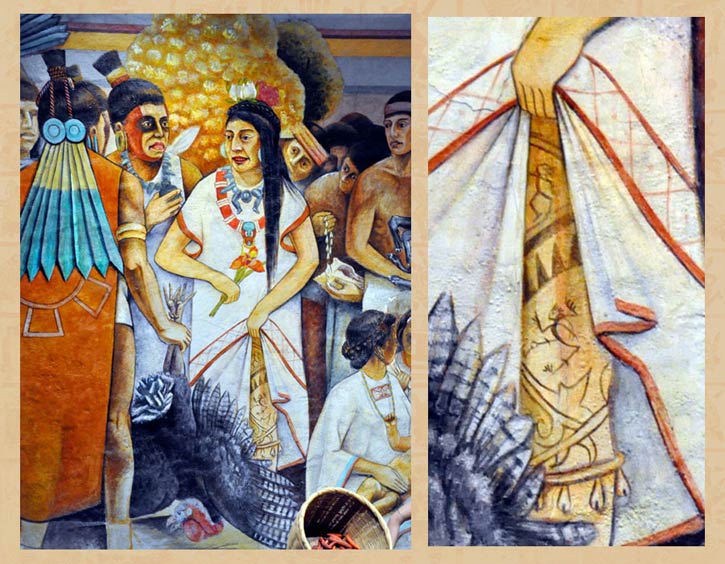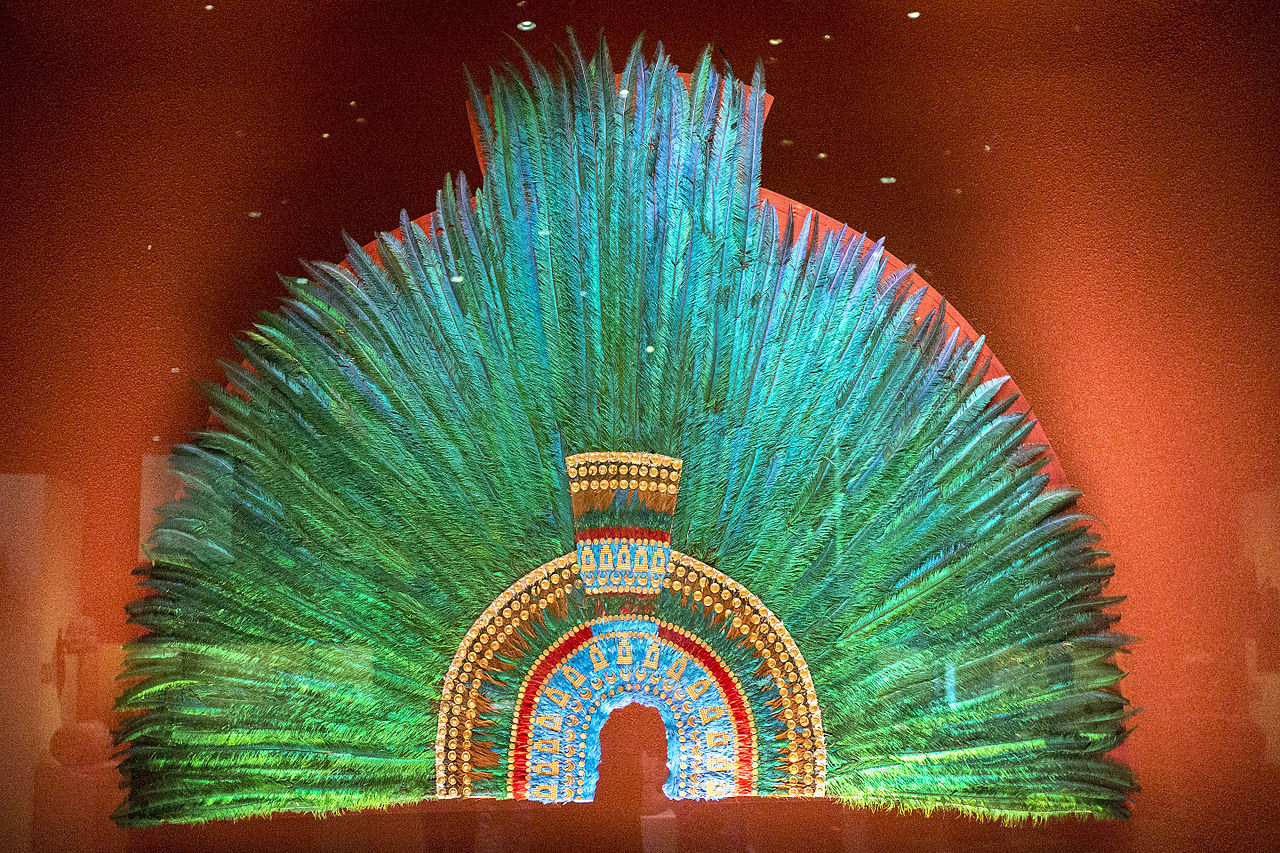
Forget the blood-soaked temples for a moment. The Aztecs were far stranger, cleverer and more inventive than the usual heart-offering headlines suggest.
Here are ten curious facts that reveal the everyday oddities of life in their vast and glittering empire.
1. Chilli Smoke Discipline
The Aztecs did not shout at children when they misbehaved. They smoked them out. Literally, naughty youngsters were made to inhale the smoke of burning chillies until their eyes streamed and their noses burned. It was meant to purify bad behaviour, and it certainly worked better than a lecture.
2. Floating Farms That Fed a City
Tenochtitlan, their capital, sat on a lake, yet produced enough food to feed a quarter of a million people. Farmers built chinampas — floating islands made of mud and reeds anchored to the lakebed. They were so fertile that seven harvests a year were possible. Some of these ancient islands still exist today near modern Mexico City.
3. Aztec Men Wore Makeup

Both men and women took grooming seriously. Nobles blackened their teeth with natural dyes, perfumed their hair with vanilla, and painted their faces with mineral powders. Cosmetics were not vanity; they were a sign of discipline, hygiene and high status.
4. Drunkenness Was a Crime, Unless You Were Old
Alcohol made from fermented maguey sap was called pulque. A young person caught drunk could be executed. Yet if you were over sixty, you could drink freely. In fact, it was encouraged as a well-earned pleasure for the wise and weary.
5. Dogs Were Sacred, and Sometimes Supper
The Aztecs bred the hairless Xoloitzcuintli dog, believed to guide souls through the underworld. These loyal creatures were often buried with their owners. Unfortunately, they also appeared on dinner tables.
6. Clay Dolls as Substitutes
When times were tough, the Aztecs did not always use real people for every ritual. Instead, they made small clay dolls and offered them to the gods. These symbolic substitutes were said to still appease divine hunger, but they did still carry out human sacrifice.
7. Feathers Were Worth More Than Gold

The shimmering green feathers of the quetzal bird were the most precious commodity in the empire. Gold could be dug up by anyone; quetzals had to be caught without harm and released, with their tail feathers gently plucked so as not to harm them.
8. Salt Was a Valuable Commodity
Salt was more than a seasoning. It was power. The emperor controlled its production, and stealing it was considered treason. Soldiers were even paid in salt cakes, and families could be banished for selling it illegally.
9. Books That Folded Like Accordions
The Aztecs wrote on bark paper or deerskin coated in lime, painted with vivid inks and folded like concertinas. Each codex was both a record and an artwork, filled with calendars, taxes, omens, and histories. Most were destroyed by the Spanish, but the few that survive show a civilisation that recorded its world in colour, not just in words.
10. Music Made from Bones
For special ceremonies, Aztec musicians used flutes carved from human femurs. When played, they produced shrill, wailing notes that echoed through temples and battlefields alike. To the Aztecs, it was not grotesque; it was the voice of the dead joining the living.
A World Both Civilised and Strange
Behind every myth of brutality lies a culture of invention, order and symbolism. The Aztecs built gardens on water, turned death into art, and governed through ritual and restraint. Their world was not only violent but vividly alive, endlessly inventive and deeply human.







